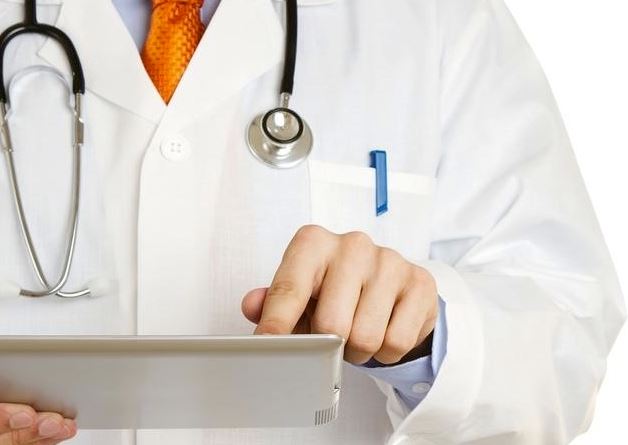Medicine
The most revolutionary technology advance in medicine today may not be on the operating table, or in the incredible prosthetics now being developed, but in the back-end medical records systems. This critical link in the healthcare chain has seen big changes in the last few years.
Technology is transforming many different industries, including health care. While new advances in medical research tend to make headlines, they tend to only affect a few patients. The most revolutionary tech appears in record keeping. The storage of medical records seems like a boring element of healthcare, but it is actually a critical part of delivering care to patients and coordinating care between different doctors and specialists. The evolution of medical record-keeping has been a decades-long process that has finally started to bear fruit in the form of electronic medical records that centralize all medical data for patients.
The potential applications of EMR technology are powerful and diverse
The potential applications of EMR technology are powerful and diverse, and even though it doesn't get as much medical coverage as cancer research, it will have far deeper and longer-lasting effects on how people interact with the health care industry.
Electronic medical records change all that. A patient can have their family history, all of their testing, their vital statistics, and any other relevant information stored electronically. Then the entire care team can access the information instantly in real time. Furthermore, EMR storage is far easier than paper storage. It can be hard to replace one record-keeping system with another during an upgrade, but services like Health Data Archive support care providers as they transition from one system to a new one.
Electronic record-keeping promises to accelerate care delivery and provide both security and openness.
Why EMR?
Related articles
Every care provider from family doctors working alone up to major regional hospitals has used paper to store medical information, test results, and other information about their patients. Paper systems are difficult to search, take up a lot of space, and are hard to share between different physical locations. One of the most complex parts of medical care is when a team of specialists is working together on one patient, but are all located in different places. With paper records, it is hard for the entire team to see the important medical data for the patient. The only options for sharing the records are the mail and fax machines, both of which are cumbersome and inconvenient. Electronic medical records change all that. A patient can have their family history, all of their testing, their vital statistics, and any other relevant information stored electronically. Then the entire care team can access the information instantly in real time. Furthermore, EMR storage is far easier than paper storage. It can be hard to replace one record-keeping system with another during an upgrade, but services like Health Data Archive support care providers as they transition from one system to a new one.
Legal Complications
Any EMR system needs to be safe and secure, because federal privacy laws require care providers to protect the medical information of all of their patients. Only authorized people, such as the care team, can legally access the data. That means information security is a paramount concern.Electronic record-keeping promises to accelerate care delivery and provide both security and openness.




0 comments:
Post a Comment